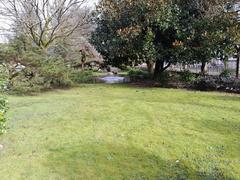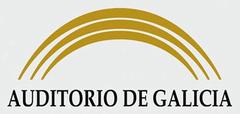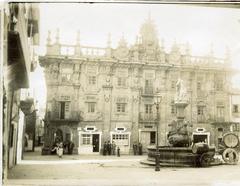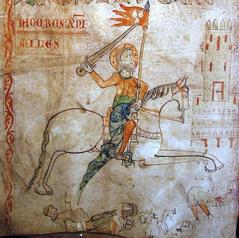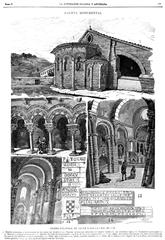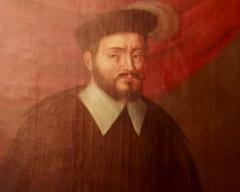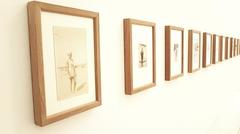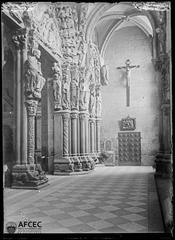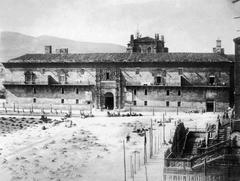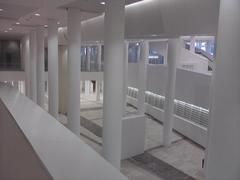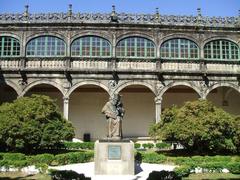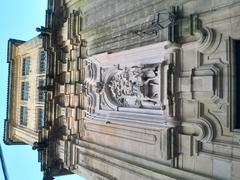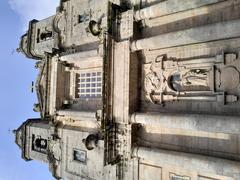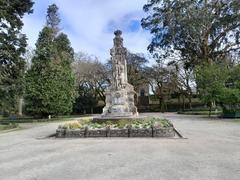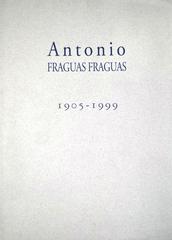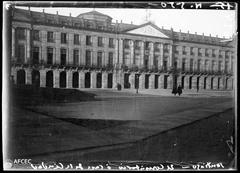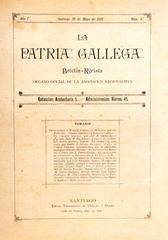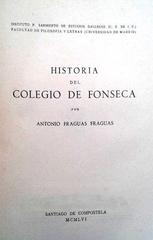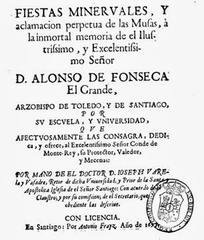San Martiño Pinario Monastery Visiting Hours, Tickets, and Guide: Santiago de Compostela Historical Sites
Date: 03/07/2025
Introduction
San Martiño Pinario Monastery, located in the heart of Santiago de Compostela, is a monumental landmark of Galicia and an essential stop for visitors interested in religious heritage, Baroque architecture, and the history of the Camino de Santiago. Founded in the early 10th century, the former Benedictine monastery has played a pivotal role in supporting pilgrims and shaping the city’s spiritual and cultural life. Today, it continues to serve as a cultural center, hosting concerts, exhibitions, and educational activities, while offering practical amenities such as guided tours and accessible facilities (explorial.com, Turismo de Galicia, Fundación Jacobea).
Historical Overview
Origins and Growth
The monastery’s origins trace back to the discovery of the tomb of St. James the Apostle, which led to a surge of pilgrims and the establishment of a Benedictine community to serve them. The name “Pinario” likely comes from the Latin “pinarium,” referencing the pine forests once prevalent in the area. By the 12th century, under Bishop Diego Gelmírez, the community gained significant influence and resources, becoming a primary center of religious and cultural activity in medieval Galicia (explorial.com).
Architectural Evolution
San Martiño Pinario’s architecture reflects a complex evolution:
- Romanesque Beginnings: The original 12th-century church displayed typical Romanesque solidity and semicircular arches.
- Renaissance and Baroque Transformations: The 16th to 18th centuries saw the monastery’s expansion, culminating in a grand Baroque façade and extensive cloisters. The façade features statues of Saint Martin of Tours and is adorned with local granite, creating an imposing presence on the Praza da Inmaculada (Turismo de Galicia).
- Interior Art: The church’s gilded Baroque altarpiece, carved walnut choir stalls, and monumental pipe organ stand out as highlights. The Museo de Arte Sacra houses valuable religious artifacts and artworks (explorial.com).
Secularization and Modern Use
In 1835, the monastery was secularized following Mendizábal’s Disentailment Laws. The complex was repurposed for various uses, including as a seminary, museum, and guesthouse, maintaining its role as a cultural and educational center (Fundación Jacobea, Turismo de Galicia).
Visiting San Martiño Pinario: Practical Information
Visiting Hours
- General Hours: Tuesday to Sunday, 10:00 AM to 6:30 PM.
- Closed: Mondays and certain public holidays.
- Church-Specific Hours: Monday to Friday, 10:00–14:00 & 16:00–18:00; Saturday, 10:00–14:00 (Espacio Cultural SMPinario).
- Guided Tours: Daily at 11:00, 12:30, 16:00, and 17:30 (ILoveCompostela).
- Special Events: Hours may vary; check the official website before visiting.
Tickets and Admission
- General Admission: €4–€6 for adults.
- Discounts: Available for students, seniors, groups; children under 12 often enter free.
- Purchase Options: On-site or online via official tourism platforms. Entry to the church and cloisters is often included with Santiago Cathedral tickets.
- Museum Access: Separate ticket required for the Museo de Arte Sacra.
Accessibility
- The monastery provides ramps and elevators for visitors with reduced mobility. Some historic areas may have restricted access due to preservation needs. Contact the visitor center in advance for assistance.
Facilities
- Onsite amenities include restrooms, a café, a gift shop, and two restaurants in the Hospedería San Martín Pinario (Hospedería San Martín Pinario).
Guided Tours and Unique Experiences
- Guided Tours: Available in Spanish, Galician, and English. Advance booking is recommended, especially during peak seasons.
- Overnight Stay: The Hospedería San Martín Pinario offers 81 rooms, blending monastic simplicity with modern comfort. Staying here grants exclusive access to the cloisters and gardens—an atmospheric experience for both pilgrims and travelers.
Highlights of the Monastery
Façade and Exterior
The façade is an exemplar of Galician Baroque, featuring statues of San Bieito and San Martiño de Tours, as well as the Spanish royal coat of arms surrounded by scallop shells—a nod to the Camino de Santiago (ILoveCompostela).
Church Interior
- Main Altarpiece: Designed by Fernando de Casas y Novoa, this gilded Baroque piece is a focal point of the church.
- Side Chapels: Dedicated to San Bieito, the English Virgin, Santa Escolástica, Cristo de la Paciencia, and Santa Xertrude.
- Choir Stalls and Organ: 17th-century walnut choir stalls and an impressive 18th-century pipe organ.
Cloisters and Gardens
- Main Cloister: Completed in 1747, with elegant arcades and tranquil gardens—perfect for reflection or photography.
- Secondary Cloister: Houses the Museo de Arte Sacra and additional exhibition spaces.
Integration with Santiago’s Pilgrimage Culture
San Martiño Pinario is inextricably linked to the Camino de Santiago, offering hospitality to pilgrims and hosting religious services, concerts, and cultural events throughout the year (WalktheCamino).
Nearby Attractions
- Cathedral of Santiago de Compostela
- Plaza del Obradoiro
- Museum of the Galician People
- Hostal de los Reyes Católicos
- Abastos Market
The monastery’s central location makes it an ideal starting point for exploring other Santiago de Compostela historical sites (AtickettoTakeoff).
Visitor Tips
- Dress Code: Modest attire is recommended, especially during religious services.
- Photography: Allowed in public areas, but restrictions may apply during Mass or in the museum.
- Best Time to Visit: Early mornings on weekdays or off-peak seasons for fewer crowds.
- Language: Guided tours available in multiple languages; inquire ahead for availability.
Frequently Asked Questions (FAQ)
Q: What are the opening hours of San Martiño Pinario?
A: Tuesday to Sunday, 10:00 AM–6:30 PM; Monday closure. Special hours for the church and guided tours—check ahead for updates.
Q: How can I buy tickets for San Martiño Pinario?
A: Tickets are sold on-site, online, and sometimes included with Santiago Cathedral tickets.
Q: Are guided tours available?
A: Yes, tours run several times daily in multiple languages; booking ahead is advised.
Q: Is the monastery accessible for visitors with limited mobility?
A: Main areas are accessible, but some historic sections may pose challenges.
Q: Can I stay overnight at the monastery?
A: Yes, the Hospedería San Martín Pinario offers a range of accommodations.
Q: Can I take photographs inside?
A: Generally allowed in public spaces, but flash and tripods may be restricted.
Visual Gallery
- Baroque façade of San Martiño Pinario Monastery, Santiago de Compostela
Alt text: “Baroque façade of San Martiño Pinario monastery in Santiago de Compostela” - Interior view of the richly decorated Baroque altarpiece
Alt text: “Baroque altarpiece inside San Martiño Pinario church” - Renaissance cloisters with elegant arcades and gardens
Alt text: “Renaissance cloisters of San Martiño Pinario monastery”
Plan Your Visit and Stay Connected
San Martiño Pinario Monastery offers a unique window into the history, spirituality, and artistry of Santiago de Compostela. For the latest details on visiting hours, ticketing, and events, consult the official San Martiño Pinario website and Santiago Tourism. Enhance your exploration with the Audiala app, which provides guided tours, interactive maps, and up-to-date event information.
References and Further Reading
- San Martiño Pinario on Explorial
- Turismo de Galicia – San Martiño Pinario Monastery
- Fundación Jacobea – San Martiño Pinario
- Galicia Travels – Monastery of San Martiño Pinario
- ILoveCompostela – Church and Monastery of San Martiño Pinario
- Hospedería San Martín Pinario
- Espacio Cultural SMPinario
- AtickettoTakeoff – Visit Santiago de Compostela
- WalktheCamino – Why is Santiago de Compostela a Historically Important City?
San Martiño Pinario is a testament to Galicia’s enduring faith, artistry, and hospitality. Plan your visit today and enrich your journey through Santiago de Compostela’s most treasured historical sites.
